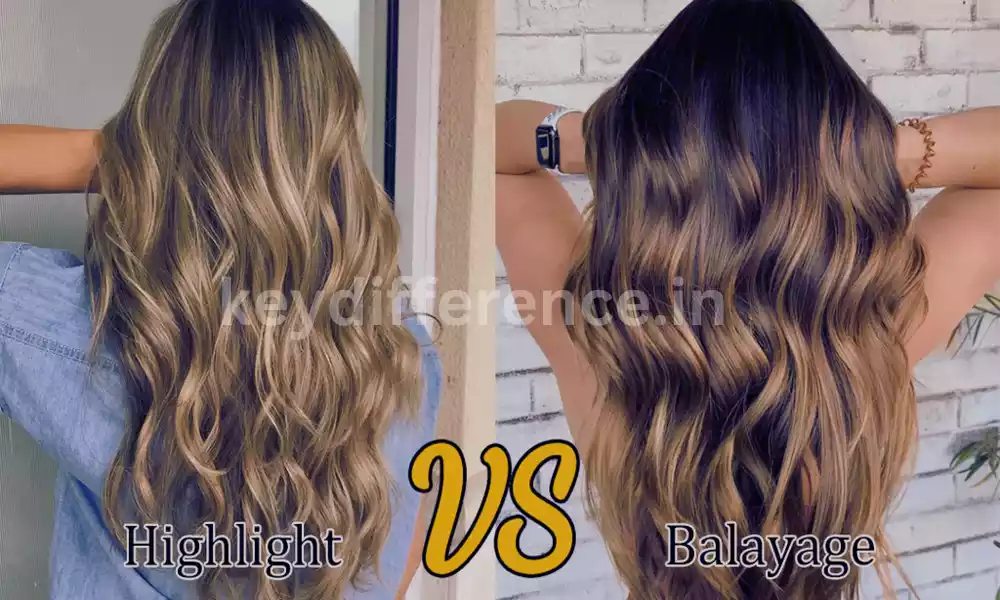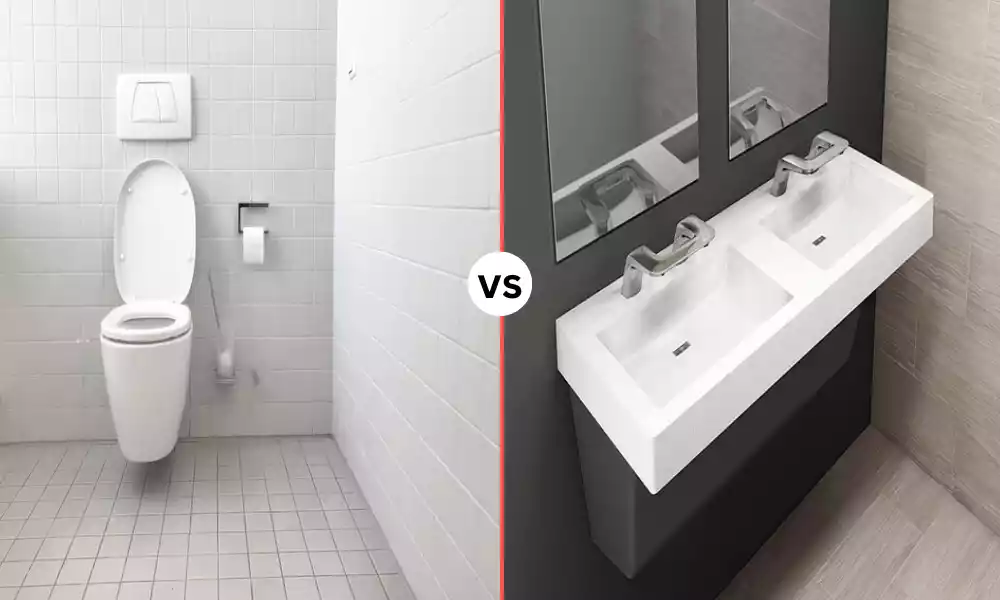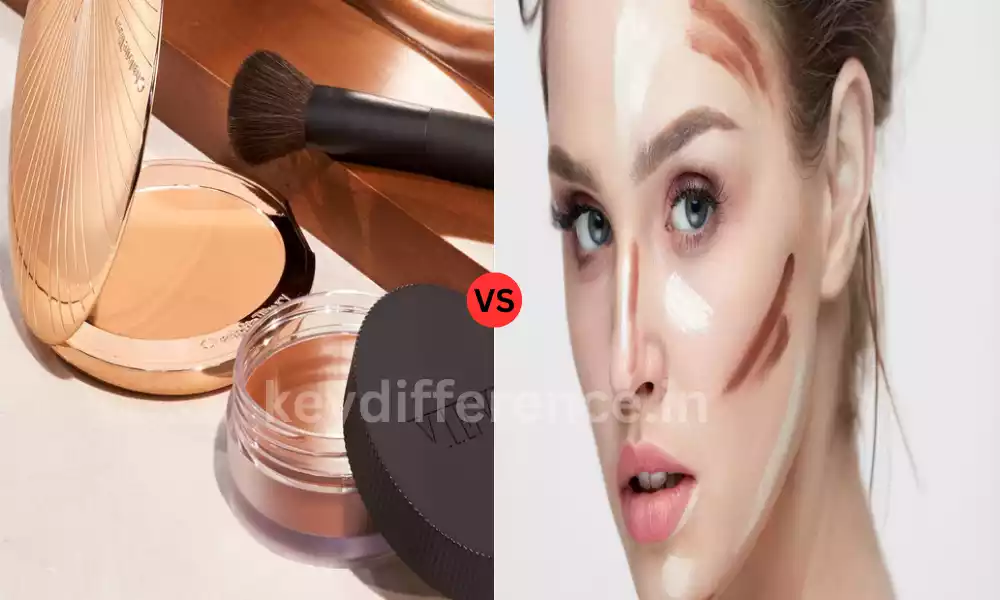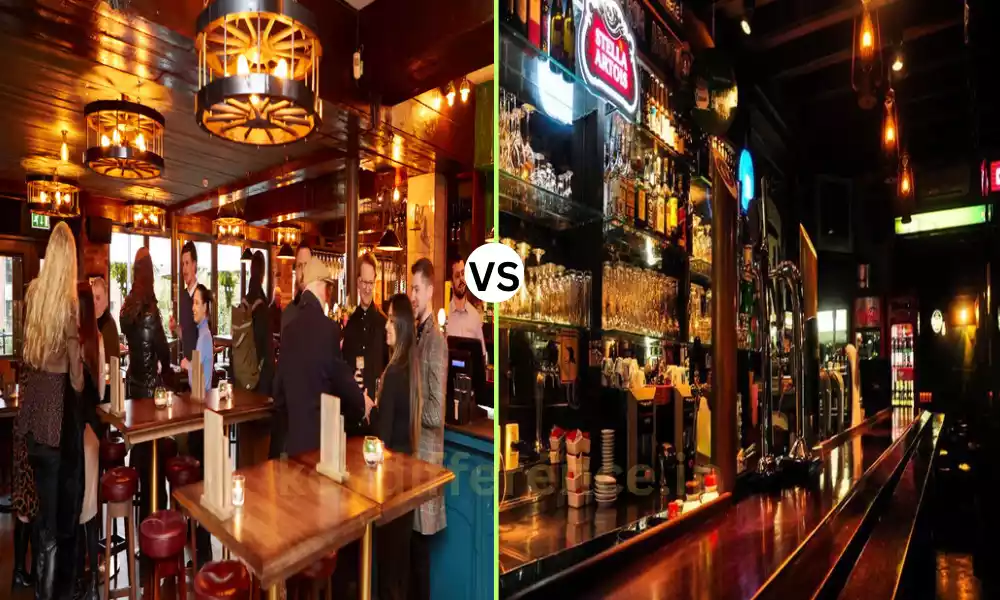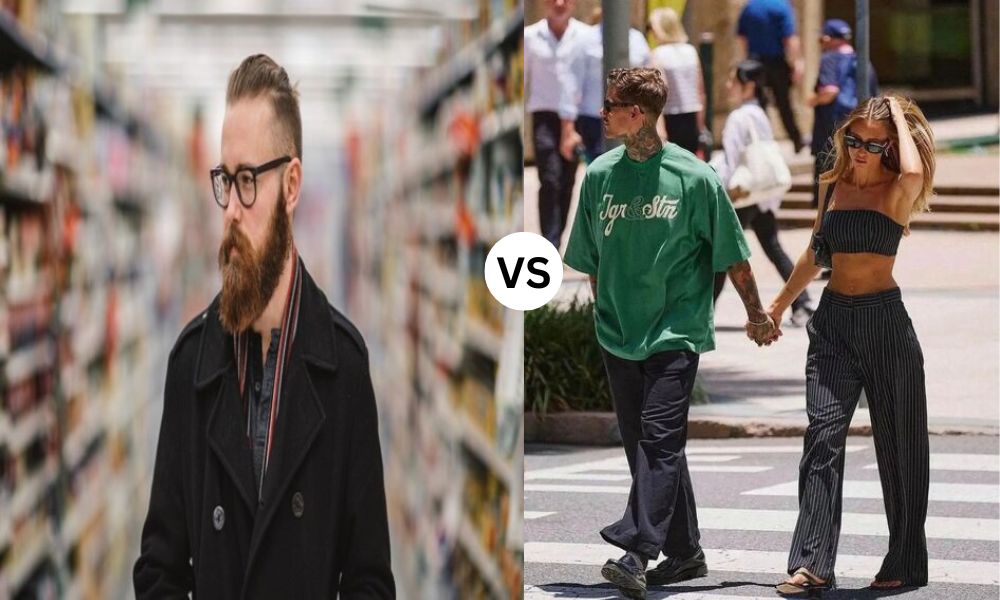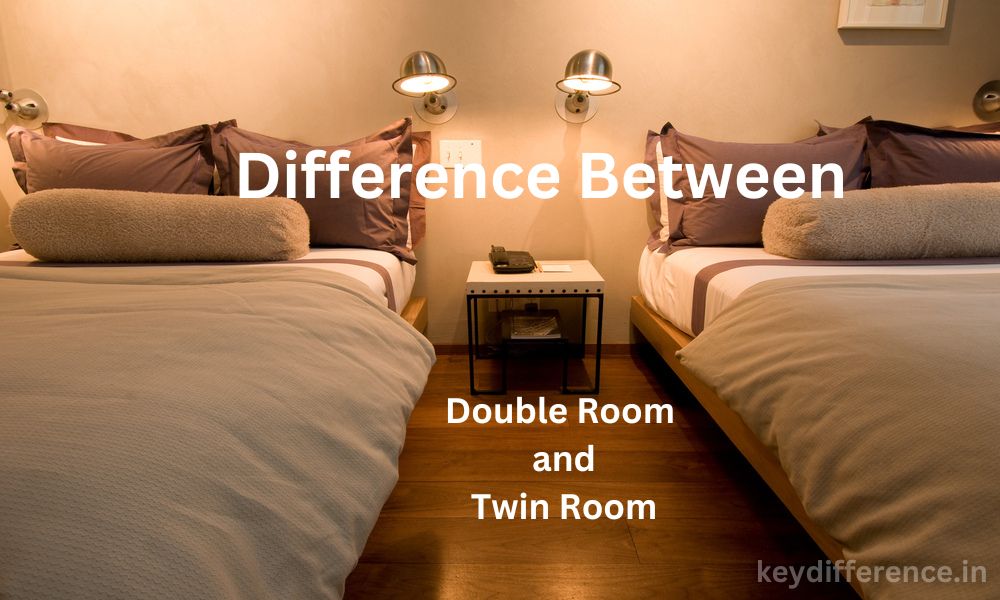Highlights and Balayage have quickly become two popular techniques in hair coloring. Although these methods may appear similar, each has distinct applications, effects, and maintenance requirements highlights involve selectively lightening strands to create depth.
While Balayage uses freehand painting techniques that create more of a natural sun-kissed effect. This guide will delve deeper into both techniques to help you select one best suited to your individual hair.
What are the Highlights?
Highlights are a popular hair coloring technique that involves lightening selected strands of hair to add contrast and depth. They’re often done to add dimension, enhance texture and highlight natural contours in hair.
Usually done using bleach or hair color solutions applied using various methods such as foiling or cap highlighting their multi-tonal effect can range from subtle to dramatic depending on which colors and techniques are used these versatile treatments offer a versatile way to transform one’s appearance!
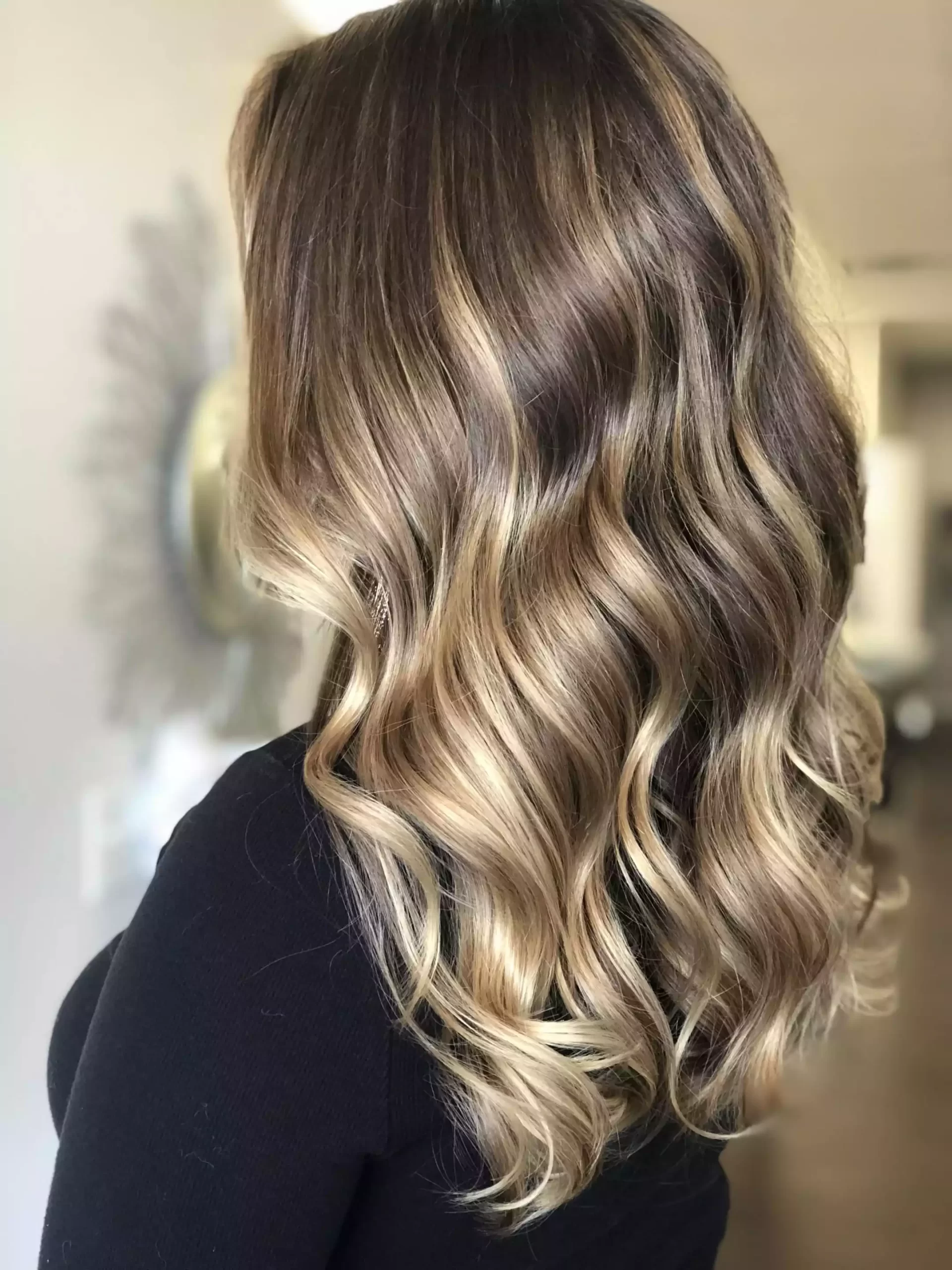
What is Balayage?
Balayage, or French for “to sweep,” is a hair coloring technique in which dye is painted onto the hair by hand to produce a graduated and natural-looking effect. Unlike traditional methods that rely on foils or caps for highlights, Balayage uses freehand application allowing more precise control and customization resulting in soft sun-kissed highlights similar to what one may get from spending time in the sun itself.
Balayage can create subtle transformations or dramatic ones depending on color choice and application method – it makes a popular choice among those seeking stylish yet effortless hair color techniques!
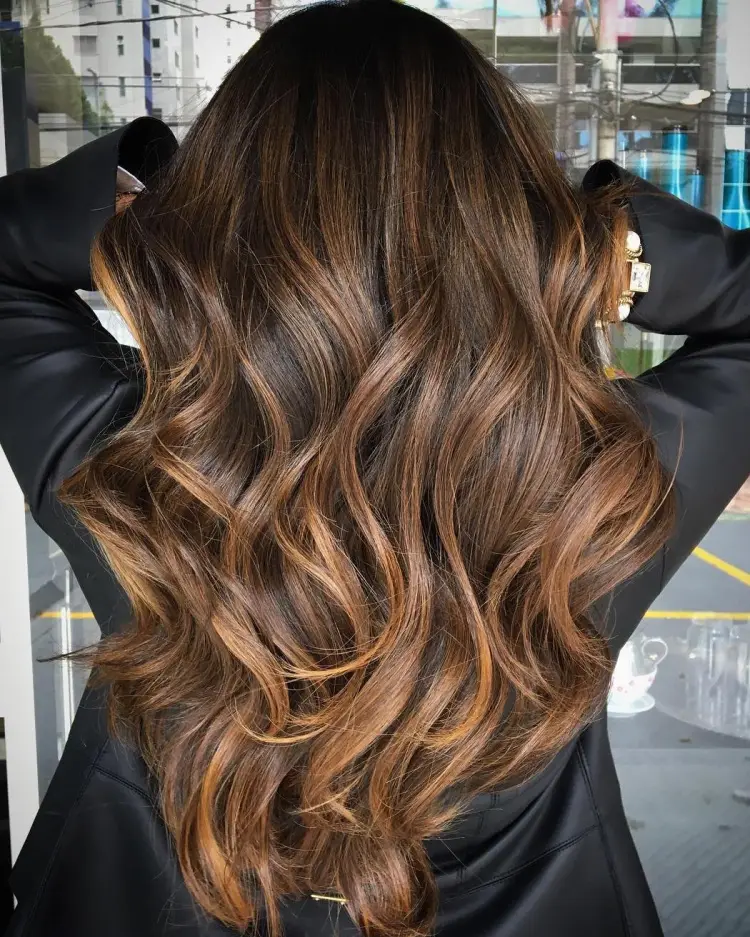
Comparison Table of Highlights and Balayage
Certainly! Here’s a comparison table that illustrates the key differences between Highlights and Balayage:
| Feature | Highlights | Balayage |
|---|---|---|
| Definition | Selective lightening of strands | Hand-painting for a natural effect |
| Application Method | Often using foils or caps | Freehand painting |
| Appearance | Uniform and precise | Soft, sun-kissed, and blended |
| Maintenance | Regular touch-ups required | Lower maintenance, more forgiving growth |
| Ideal For | Adding contrast and depth | Natural-looking highlights |
| Customization | Various techniques and tones | Highly customizable |
| Duration of Service | Typically longer | Maybe shorter depending on the style |
This table provides a clear and concise overview of the distinctions between the two techniques.
While both offer beautiful results, the choice between Highlights and Balayage would depend on factors such as desired appearance, maintenance preferences, and the expertise of the stylist.
What exactly are traditional highlights?
Traditional highlights are a method of hair coloring that involves selectively lightening individual strands to add contrast, depth, and dimension.
Here is more of an explanation:
Application
Traditional highlights are applied using foils or caps. Strands to be highlighted are isolated using these methods from the rest of their hair by placing them between foils or through highlighting caps then lightening agents (usually bleach or lightening dye) are applied directly onto these isolated sections of hair strands.
Appearance Traditional highlights create a defined contrast between highlighted strands and the rest of your hair, creating a uniform yet defined difference between them and the remainder. Traditional highlights can range in thickness and intensity for various looks that range from subtle to bold.
Maintenance Traditional highlights require periodic touch-ups, particularly if a significant color contrast is created. As hair grows out, roots may need re-highlighted to maintain the desired appearance.
Ideal For
Traditional highlights can add dramatic contrast, enhance layers or specific hair features, or produce dramatic transformation in appearance.
Customization
Different techniques such as chunky highlights or fine highlights may be utilized depending on your desired look. Your colorist can customize their placement, size, and color of highlights for an individually tailored result.
Traditional highlights are an age-old hair coloring technique used to add brightness, contrast, and visual interest to hair. Their adaptability means they can suit various styles and preferences from natural-looking sun-kissed locks to vibrant fashion-forward looks.
What is balayage and the technique behind it?
Balayage is an unconventional hair coloring technique with its own aesthetic that has become increasingly popular for its sun-kissed effect.
Here is an introduction to Balayage:
Definition Balayage, from its French root “to sweep,” is a technique of freehand painting highlights onto hair for creating soft gradients without visible lines or harsh contrasts.
Balayage Technique
The process of Balayage involves five steps.
Sectioning Hair: For accurate application, hair should be divided into sections for precise application.
Balayage Painting: Balayage is an alternative highlighting method, using freehand painting rather than traditional foil-highlighting methods, in which a colorist uses a brush to comb dye through individual strands of hair from roots to ends, gradually building product coverage over time.
Blending: For an all-over gradient effect, the application is typically less dense at the root and heavier at the ends, creating a natural-looking gradient effect. A colorist might use their hands or specific tools to ensure an effortless transition from one shade to the next.
Color Selection: Balayage can be done using various shades to customize its effect and achieve a natural-looking sun-kissed effect. When choosing one that complements the natural hair color closely, balayage may create an understated yet stylish sun-kissed effect.
Process Time: Processing times will depend on your desired lighting goal and hair’s current color durations can differ accordingly.
Rinsing and Styling: Once the desired shade has been reached, it should be rinsed, conditioned, and styled as per usual.
Appearance
Balayage highlights produce a more irregular, natural-looking effect than traditional highlights their result is soft, natural-looking strands that appear sun-kissed.
Balayage is ideal for those seeking an easy and natural look with low maintenance requirements, thanks to its gradual growth that requires fewer touch-ups over time.
How can I tell which one—highlights or balayage—is better for my hair?
Selecting between traditional highlights or balayage highlights depends on various factors, including your hair type, desired look, lifestyle preferences, and maintenance considerations.
Here is a helpful guide that can assist in making an informed decision:
1. Consider Your Desired Look
For a More Defined, Contrasted Appearance: Traditional highlights tend to provide more uniform and uniform highlights if you prefer well-defined streaks of color with greater contrast this might be your perfect solution.
Balayage Provides a Softer, Natural Look: Balayage offers a more blended appearance that mimics natural sun-kissed highlights, making for an effortless look with gradual development over time. If gradual and effortless are key considerations for you, consider opting for Balayage.
2. Evaluate Your Hair Type
Hair Texture: While both techniques can work on various hair textures, consulting a professional stylist will help determine which technique will be most suited to highlighting your individual locks.
Hair Color: Balayage can provide subtle highlights when used on lighter base colors, while traditional highlights can accommodate a wider array of base hues.
3. Keep Maintenance In Mind
Balayage Is a Lower-Maintenance Option: Balayage typically requires fewer touch-ups and grows out more naturally, making it a lower-maintenance solution. Traditional highlights often require regular salon visits in order to maintain a fresh appearance, particularly if there is an extreme contrast between your highlights and natural color.
4. Lifestyle Considerations
Time Commitment: Consider how frequently you’ll visit a salon for maintenance of your style balayage may be better suited if frequent touch-ups aren’t an issue for you.
Budget: Balayage may be less costly in the long run due to less frequent touch-ups, though prices can differ depending on your salon and stylist.
5. Consult With A Professional Stylist
Consulting with an experienced stylist who understands your hair type, face shape, and preferences can offer invaluable recommendations tailored specifically for you. They can assess the condition of your locks before suggesting methods that will best help achieve the look desired.
Is one technique more damaging than the other?
When considering the potential damage that traditional highlights and balayage could do to your hair, several factors come into play.
Here is an illustration that may help:
Traditional Highlights:
Potential Damage: Traditional highlights involve isolating specific strands using foils or caps and applying bleach or lightening agents such as bleach. If applied improperly, overprocessing could occur and lead to the hair being overprocessed and damage occurring to its individual strands.
Heat Conduction: Foils may conduct heat, hastening the lightning process and potentially increasing risk. Failure to monitor carefully may increase damage over time -requiring regular touch-ups could increase damage over time if left neglected.
Balayage:
Potential Damage: Balayage is typically considered less damaging because its application involves less heavy-handed techniques and may involve using no foils during application – leading to a gentler lightening process.
Application: As balayage is usually applied without touching the roots, its application tends to avoid overlap with previously lightened hair and thus reduces over-processing risks.
Balayage maintenance typically requires less frequent chemical processing of the hair over time, meaning less stress to your locks over time.
Factors That Affect Damage:
Professional Application: Both techniques require professional experience for optimal application in the hands of an experienced colorist, risks associated with either approach may be reduced significantly.
Hair Condition: Your current state of hair can influence its response to both techniques. If it has already been damaged or processed, an approach with more caution may be required.
Aftercare: Proper post-care practices such as using color-safe shampoos and conditioners and scheduling regular deep conditioning treatments can reduce potential damage for both techniques.
Conclusion
Traditional highlights and balayage are two distinct hair coloring techniques that each cater to different preferences and needs. While traditional highlights offer precision and contrast, balayage provides softer natural results with its freehand application method and less frequent maintenance requirements.
Balayage may be less damaging due to its freehand application process and less frequent maintenance requirements, though the impact can depend on various factors like professional execution and aftercare services provided by stylists.
Deciding between these methods should be made with guidance from an experienced stylist who understands your hair type, desired look, and lifestyle preferences before choosing between these techniques has the potential for stunning and unique results whichever way!

